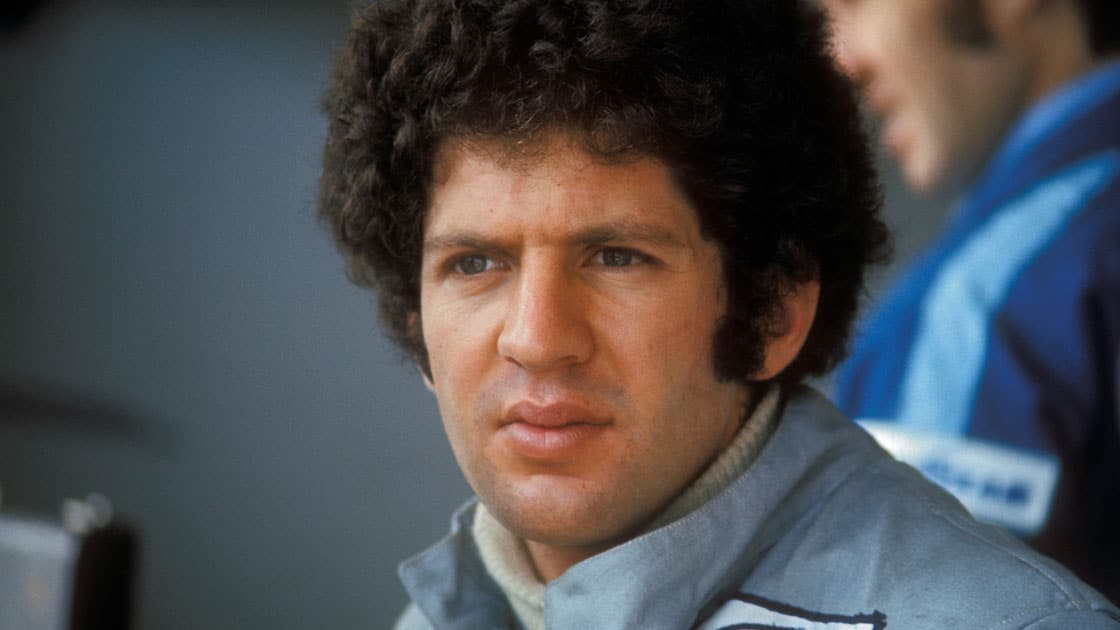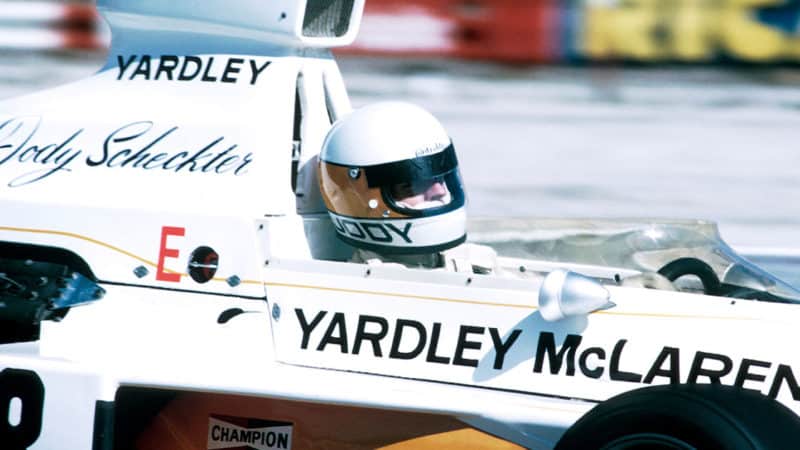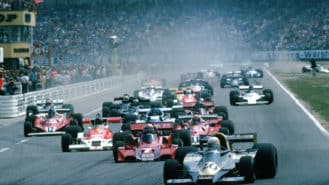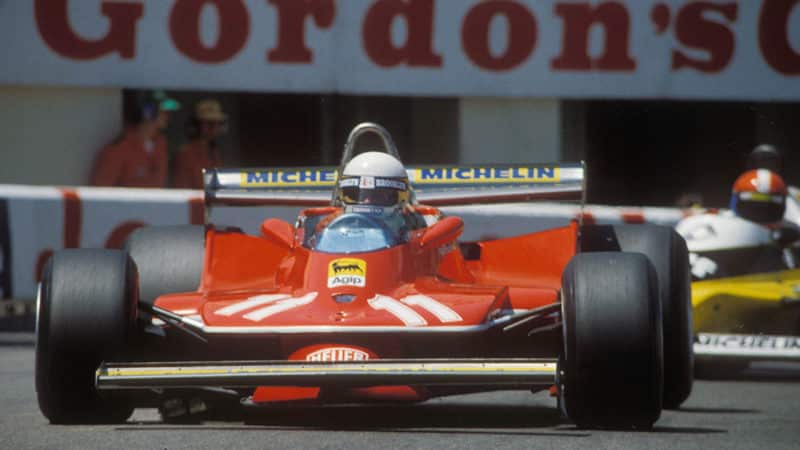“I wasn’t too bothered, though,” he says. Huh? Times have changed. “In the meantime, I was doing the US F5000 series, which I won, Can-Am and some F2 for Rondel Racing.” A sneering response from a don’t-care hothead, or a cool approach from a talent who knew that his time would come? Taken in context, the latter, I reckon.
The next time a third McLaren came up for grabs was at Kyalami the following year. Hulme’s new M23 took pole, but Scheckter’s third on the grid in a M19C put him well ahead of the similarly mounted Revson. And at Ricard, given the same equipment, he was way quicker than Denny, too. Hulme appeared not to mind, but ‘The Bear’ and ‘Baby Bear’ did not quite enjoy the master-and-pupil relationship that the media liked to portray.
Scheckter: “At Ricard, Denny discovered that the quickest way to take that last corner was in first gear — and he didn’t tell me. I eventually found out for myself, but it was then that I realised he wasn’t helping me as much as everyone said he was.” The youngster was quick and savvy.
After the Silverstone debacle there wasn’t an opportunity for Jody to redeem himself until the penultimate round. At the fearsome Mosport, he gave another brilliant qualifying performance to line up third, but a collision with Francois Cevert’s Tyrrell led to another DNF. However, by the time of Friday practice at Watkins Glen, 12 days later, he had a signed Tyrrell contract in his pocket: he would be Cevert’s 1974 team-mate. And then, on Saturday, he was first on the scene after the Frenchman’s violent — and fatal — accident: “I went to the cockpit and bent down to undo the belts. And then I saw there was no point. It was frightening. It was the first time that I had seen a dead person.”
A turning point? There are very few ‘wild child’ stories emanating from his post-McLaren career…
Scheckter denies, however, that Cevert’s death fundamentally shifted his mentality: “I felt that it was Ken Tyrrell’s guidance — his drilling in of, ‘You must finish, you must stop making mistakes’ — that changed me. Also, with the Tyrrell 007 the team wanted a car that was easy to drive for a young pair of drivers.” Scheckter was to be be joined by Patrick Depailler — a man just two GPs behind him. Tyrrell designer Derek Gardner concurs: “Having lost Francois, and with Jackie retiring, we had to make immediate changes. Jody had been testing the 006, a car that Jackie and Francois had been successful in, and he wasn’t going quick enough. So yes, I felt we needed a different approach.”

Scheckter impressed at Tyrrell, but didn’t enjoy P34 six-wheeler
Grand Prix Photo
The burden of replacing a three-time world champion was a heavy one, especially for a man with just six GPs under his belt, but Scheckter silenced (most of) his doubters with two wins — Anderstorp and Brands Hatch — and a handful of podiums that kept him in title contention until the penultimate round. But…
“Was Ken impressed? I don’t think so,” muses Scheckter. “Perhaps he thought — and he may have been right — that if Jackie had been there, the team would have won the title. I don’t know how much speed we lost through Patrick and I not sorting the car not or giving the right feedback.”
Gardner, however, dismisses (much of) this: “Yes, perhaps we would have won the title with Jackie in 1974, but Jody tends to put himself down. I never felt there was anything wrong with his technical feedback. It was only the finesse that was lacking. We all knew that he would be a force to be reckoned with.”







